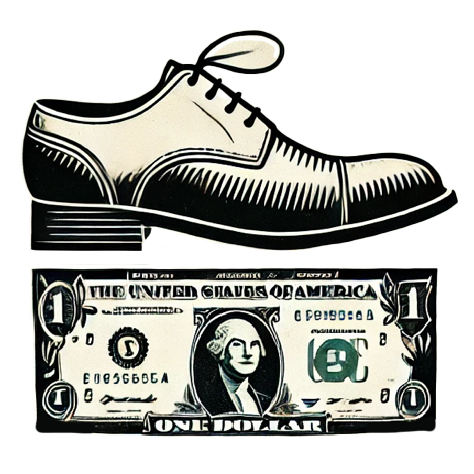In a shocking revelation, the Yale Budget Lab has unveiled that the current average effective tariff rate in the U.S. stands at 17.8%, marking the highest level since 1934. This figure does not merely reflect a casual trend but represents a significant economic policy shift that can have far-reaching implications for American households and businesses alike. The burden on the average household is projected to be approximately $2,800 in the short term – an alarming forecast that highlights the unpredictability of current tariff structures.
Trade Agreements and Unintended Consequences
Recent attempts by U.S. officials to negotiate lower tariffs with China and the United Kingdom have not reversed the upward trajectory of tariff rates. While tariffs on trade with China have seen a temporary reprieve, with duties dropping from over 145% to 30%, such measures appear superficial in the grand scheme. The 10% tariff on U.K. automobiles is promising for some, yet the severity of the overall tariff reality remains strikingly high. Each of these agreements is laden with ambiguity, raising questions about the future efficacy of U.S. trade deals.
Economic Repercussions for Consumers and Businesses
As the tide of tariffs rises, the ripple effects are already altering consumer behavior. The increase in goods prices due to heightened import duties is forcing families to rethink their purchases. Economists predict that consumers will seek alternatives to mitigate the financial impact, inevitably leading to displacement in various markets. When factoring in substitution habits, the effective tariff rate may still hover around 16.4%, which is alarming as it echoes the rate experienced during 1937. The uncertainty surrounding how and when these behavioral changes will occur adds a layer of complexity to the economic landscape.
A Shift in Economic Philosophy
Center-right liberalism traditionally advocates for open markets and free trade, positing that diminishing tariffs is generally beneficial for economic growth. However, the current administration’s hardline approach to tariffs seems to undermine this philosophy. While proponents argue that tariffs protect domestic jobs, they often overlook the wider economic consequences. The balance here appears skewed, as the purported short-term benefits may come at the cost of broader economic health and global competitiveness.
Looking Ahead: The Future of Trade Policy
The current trajectory raises critical questions about the efficacy and sustainability of America’s trade policies. With tariffs at an alarming high, hopes for a robust economic recovery may be dimmed. The negotiations with China and the U.K. hint at a potential pivot, but skepticism remains. Will these policies evolve to prioritize long-term economic collaboration, or will they sink deeper into a protective and isolated stance? The future of American commerce may well hinge on the answers to these pressing questions.

